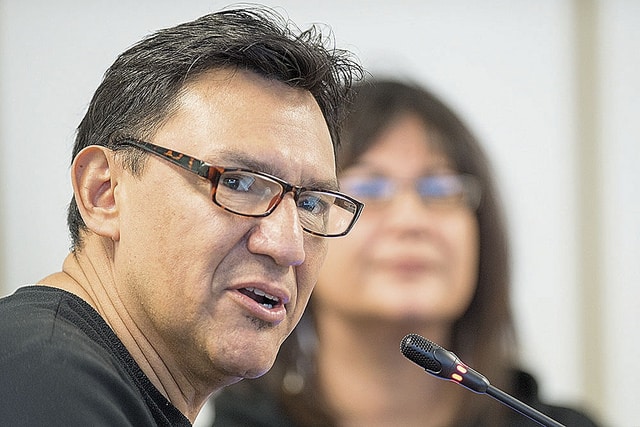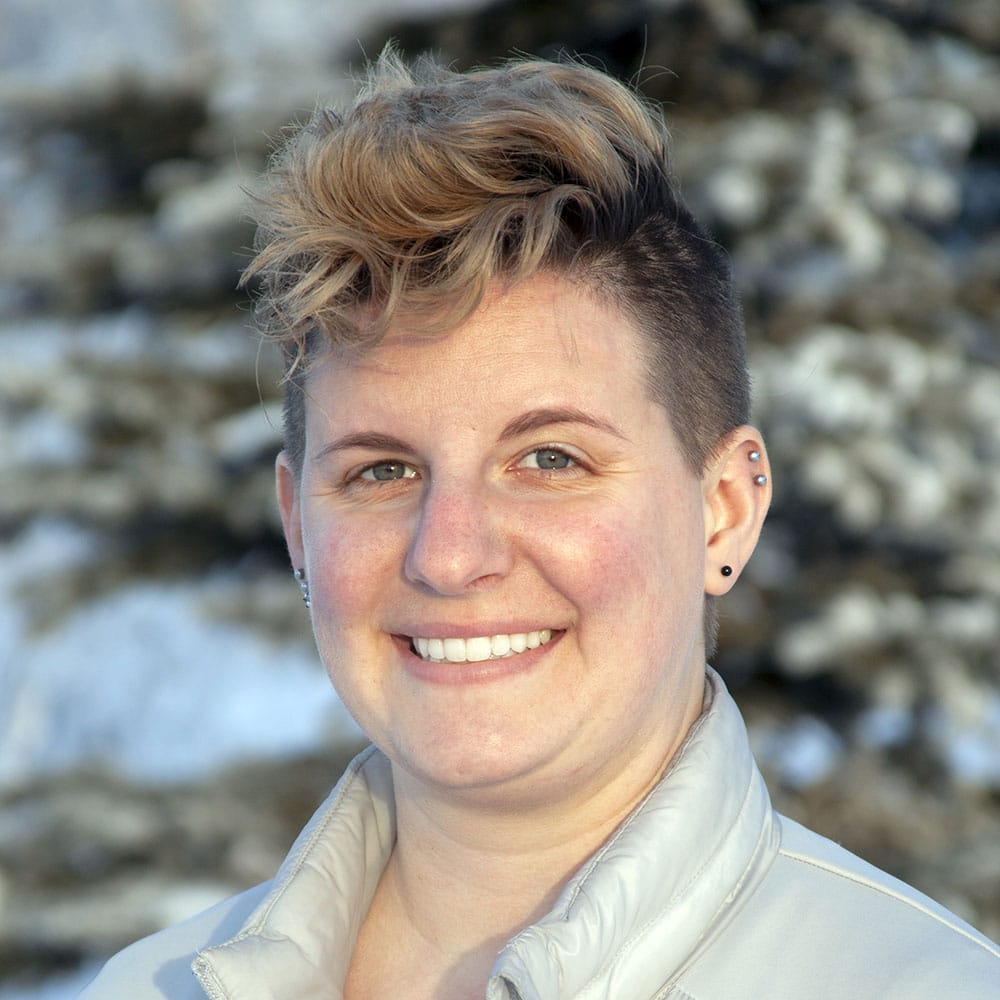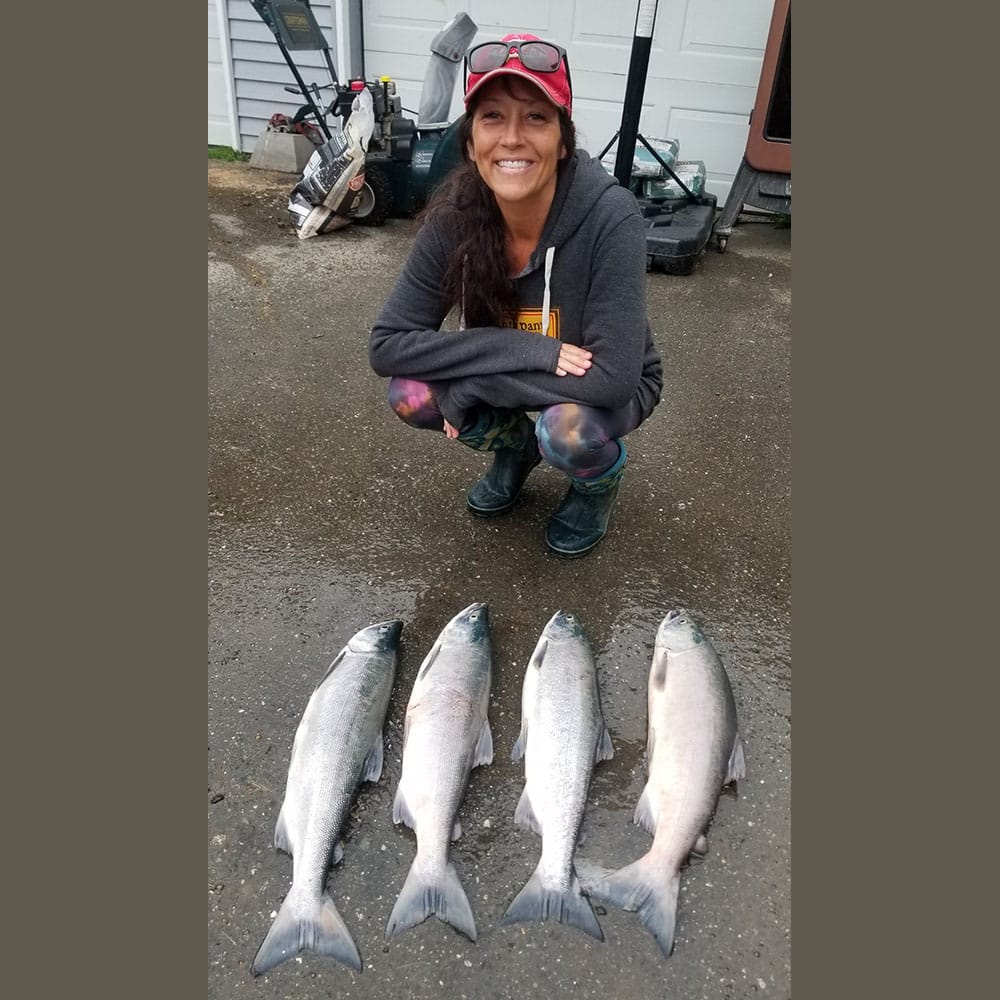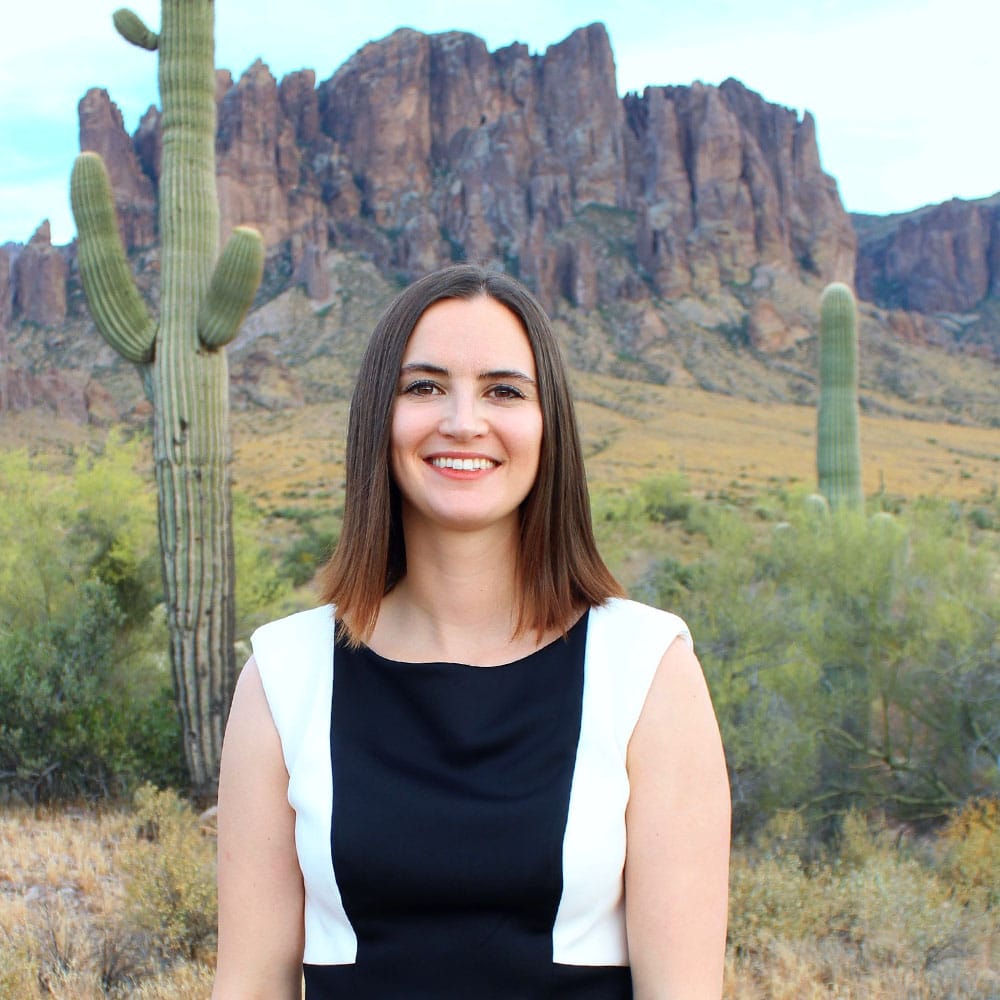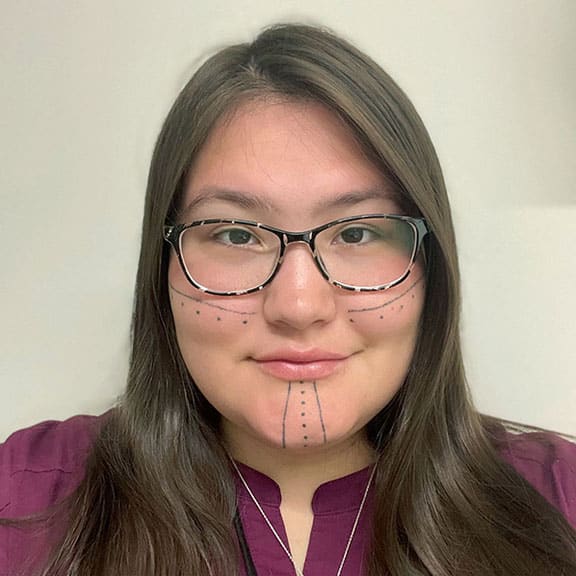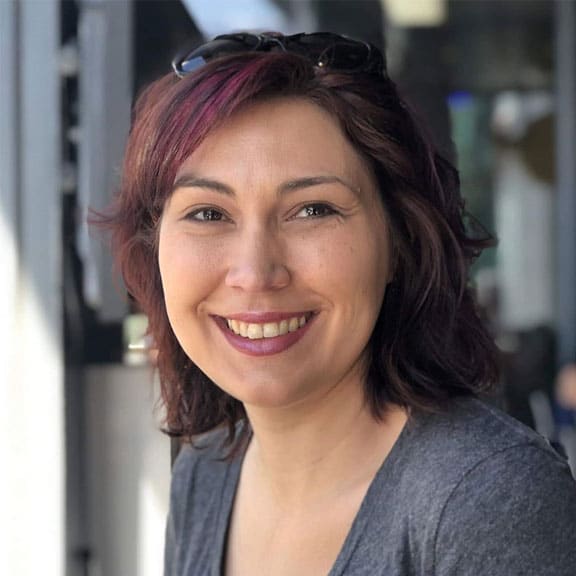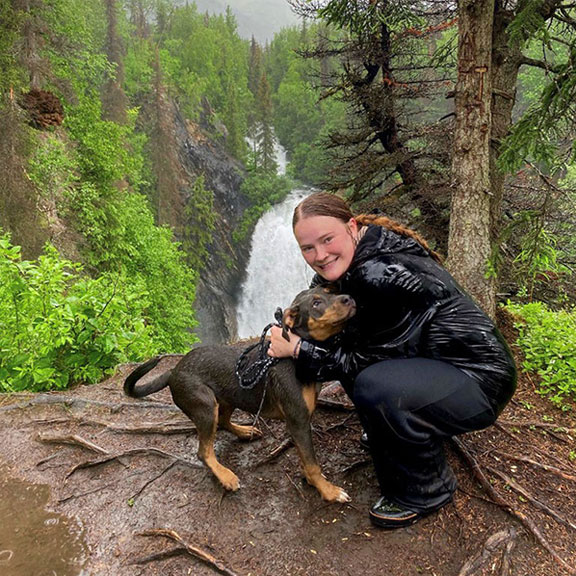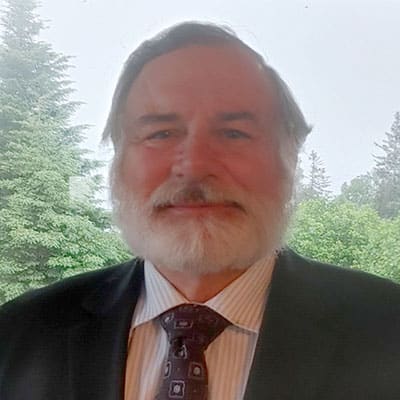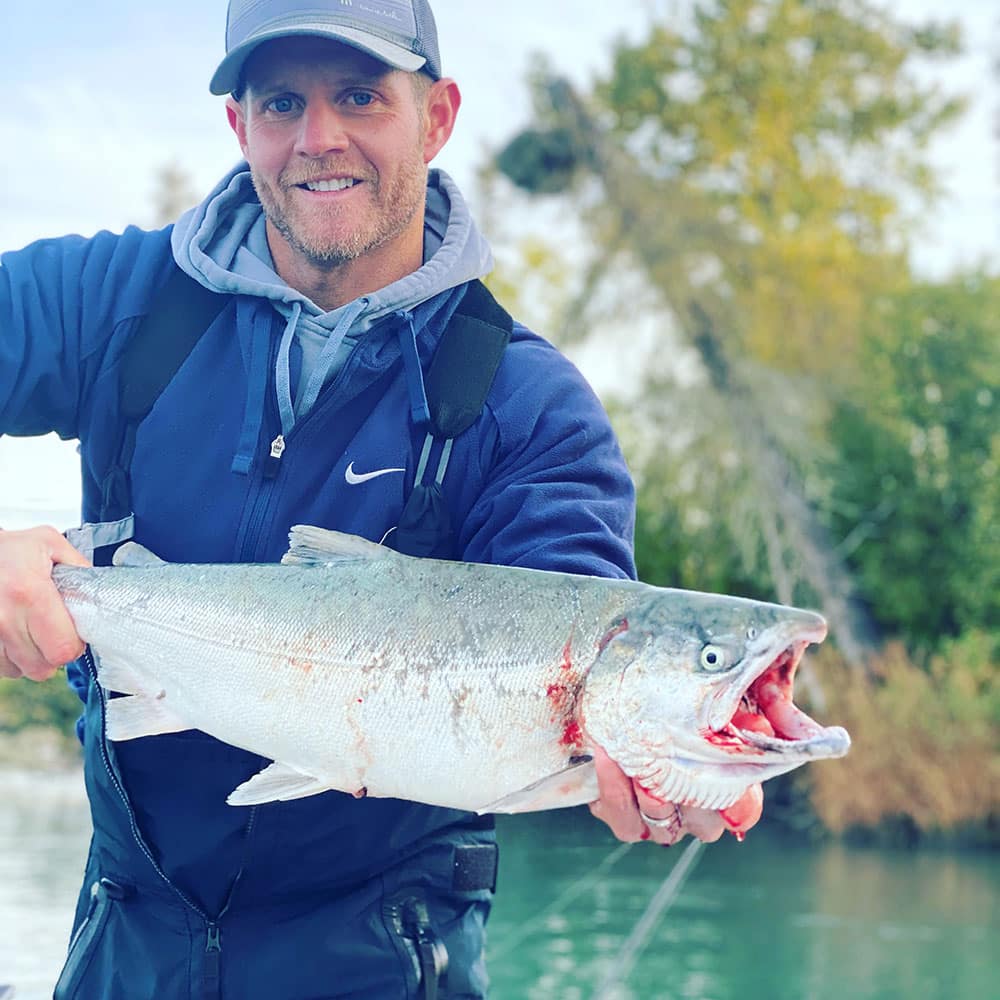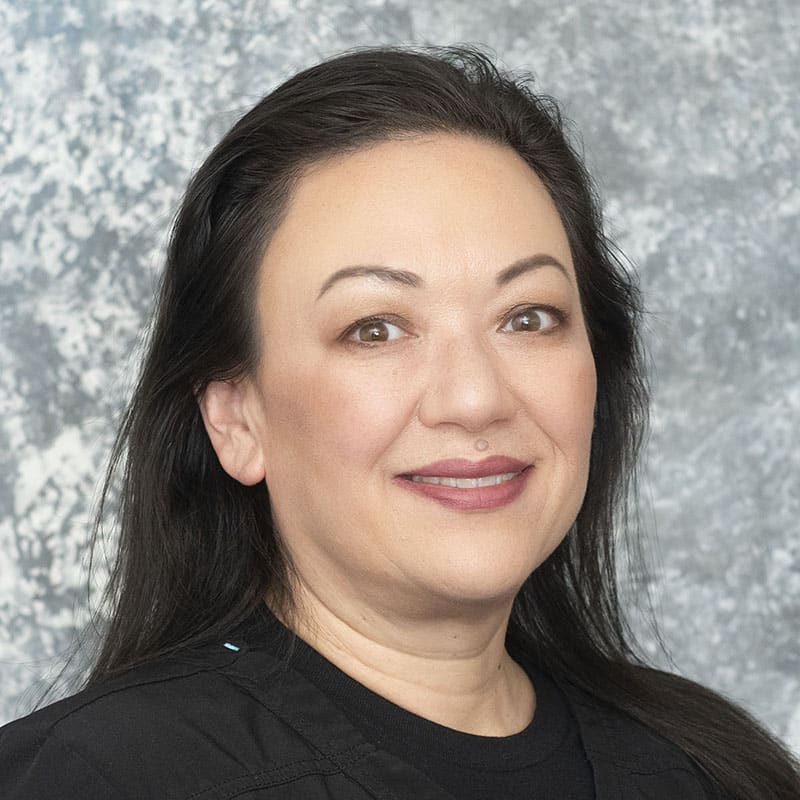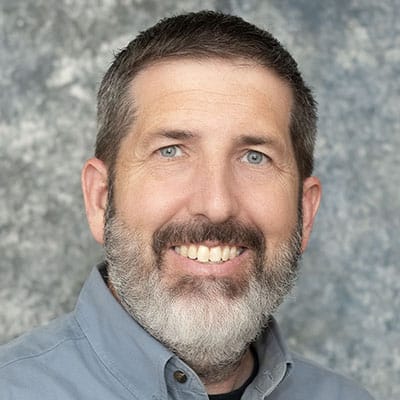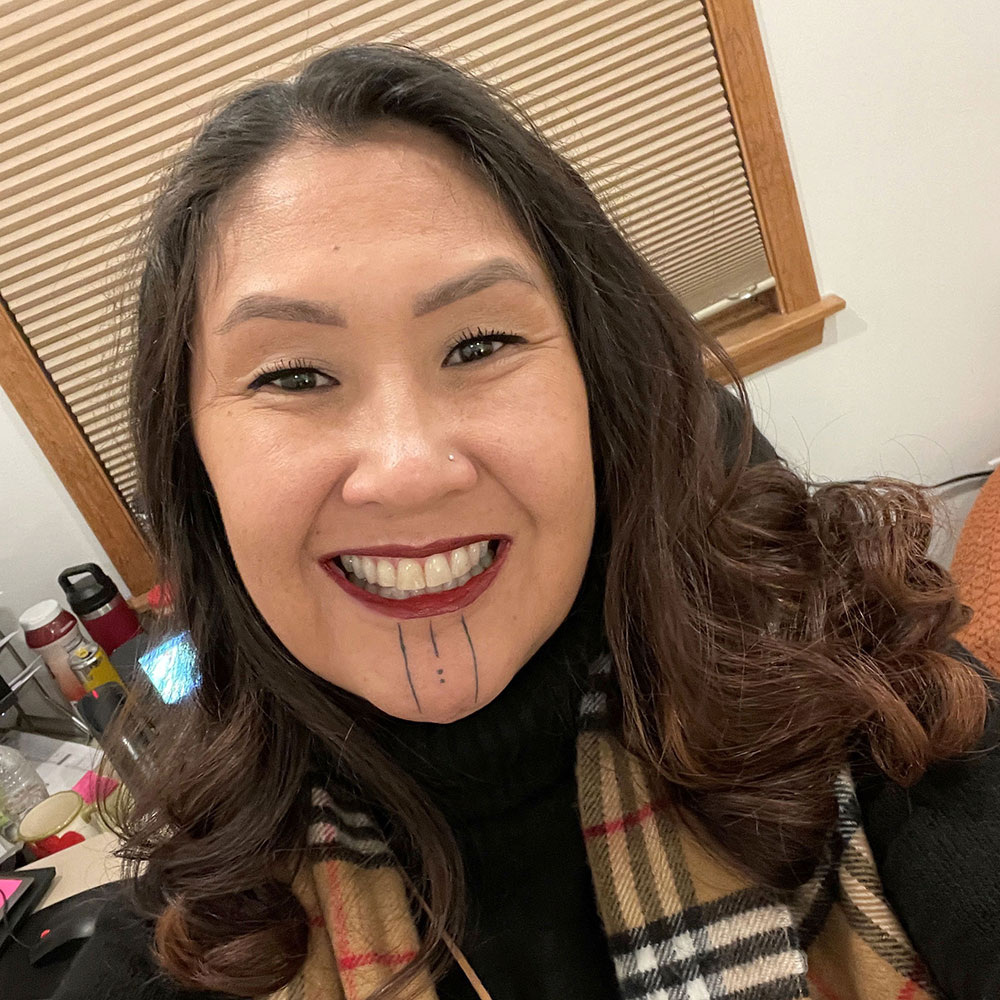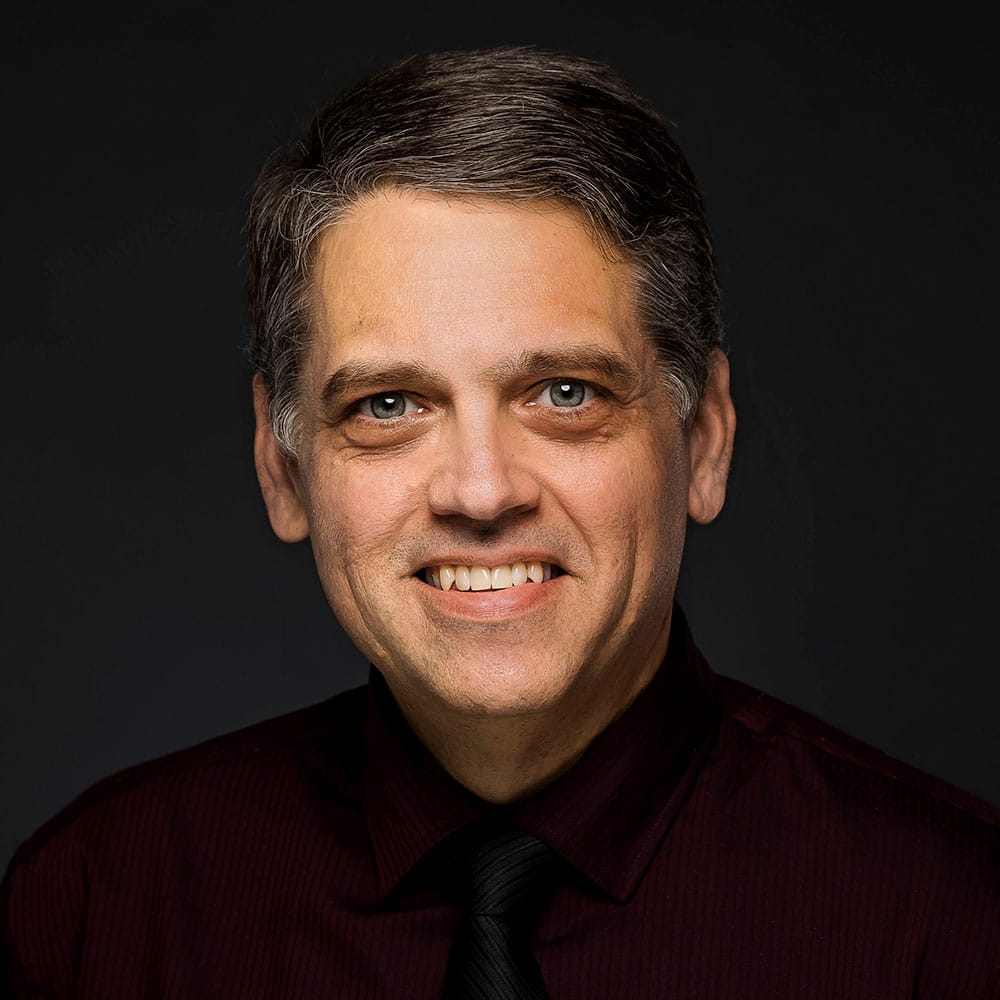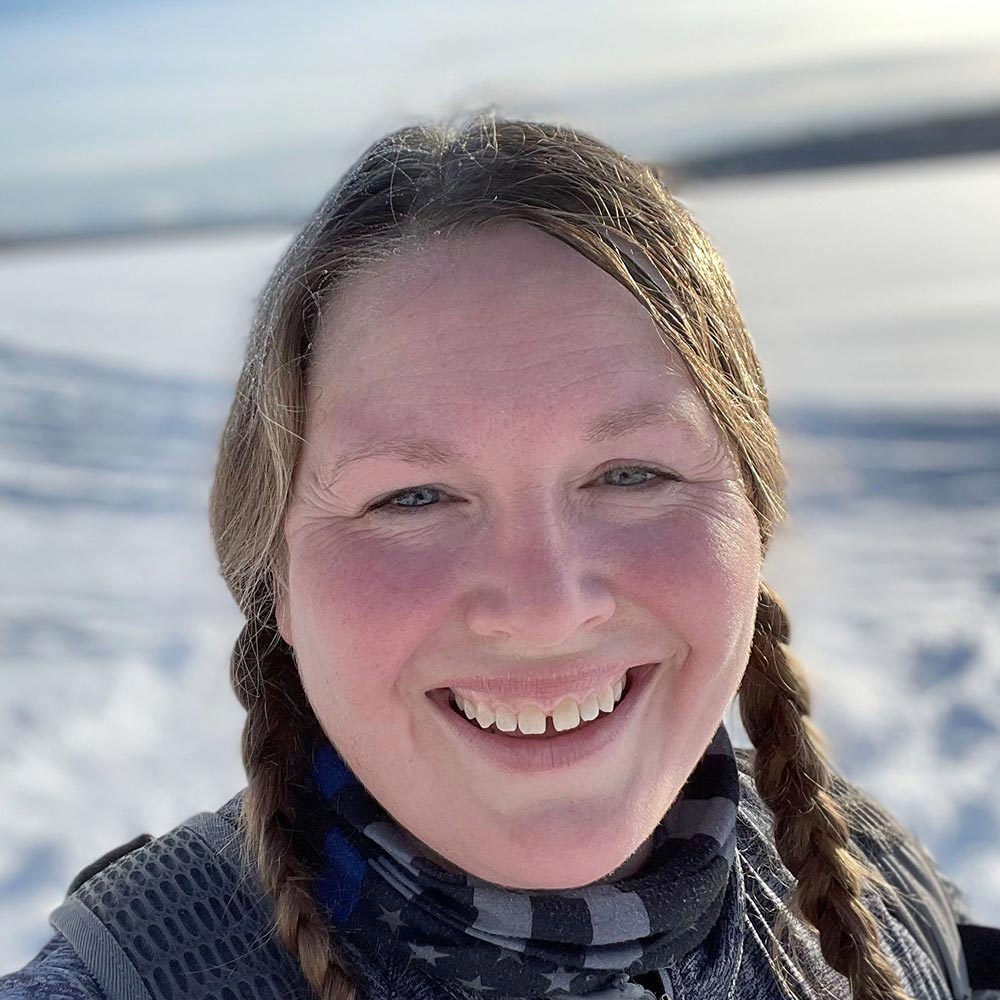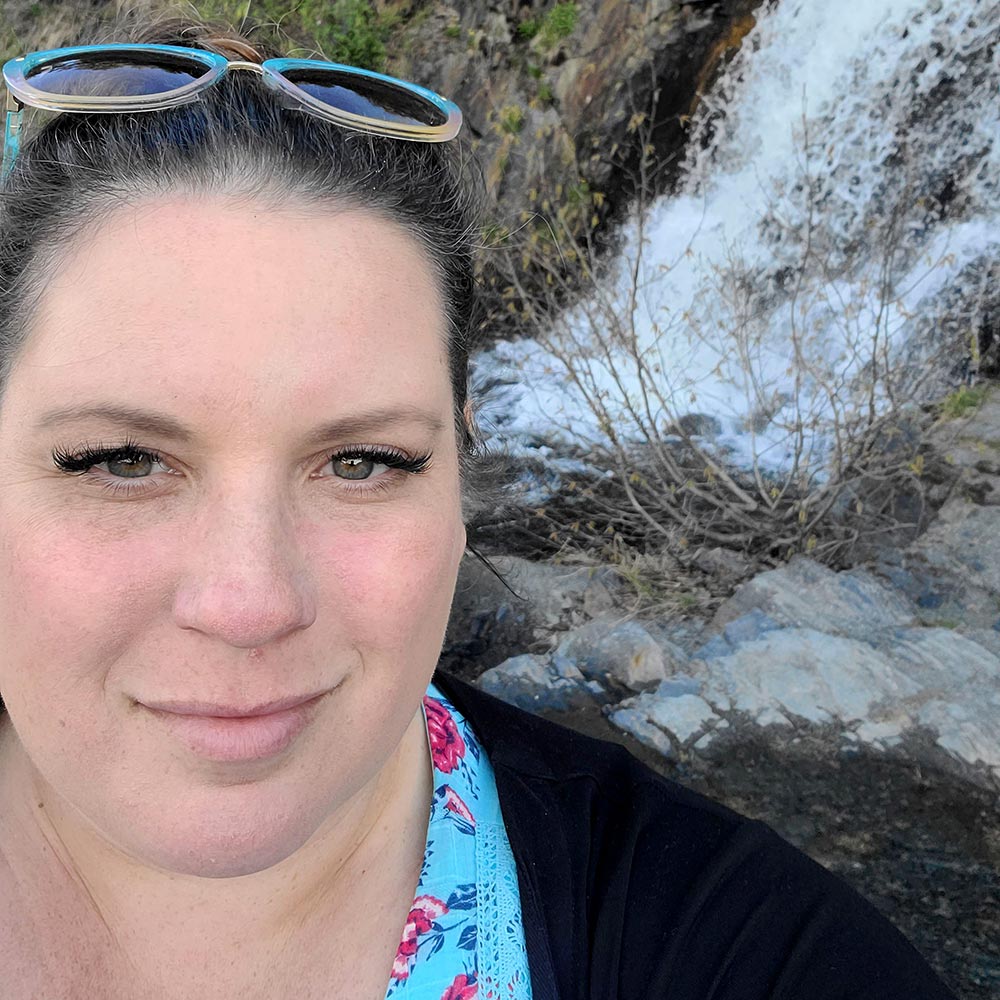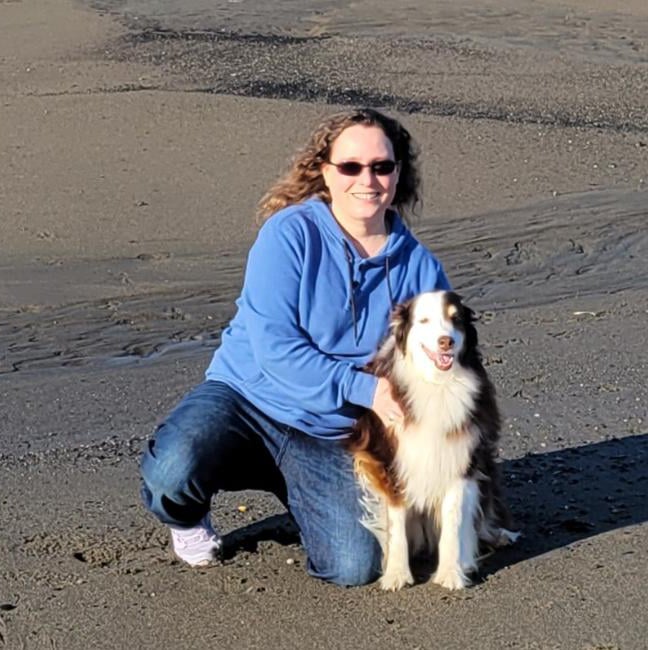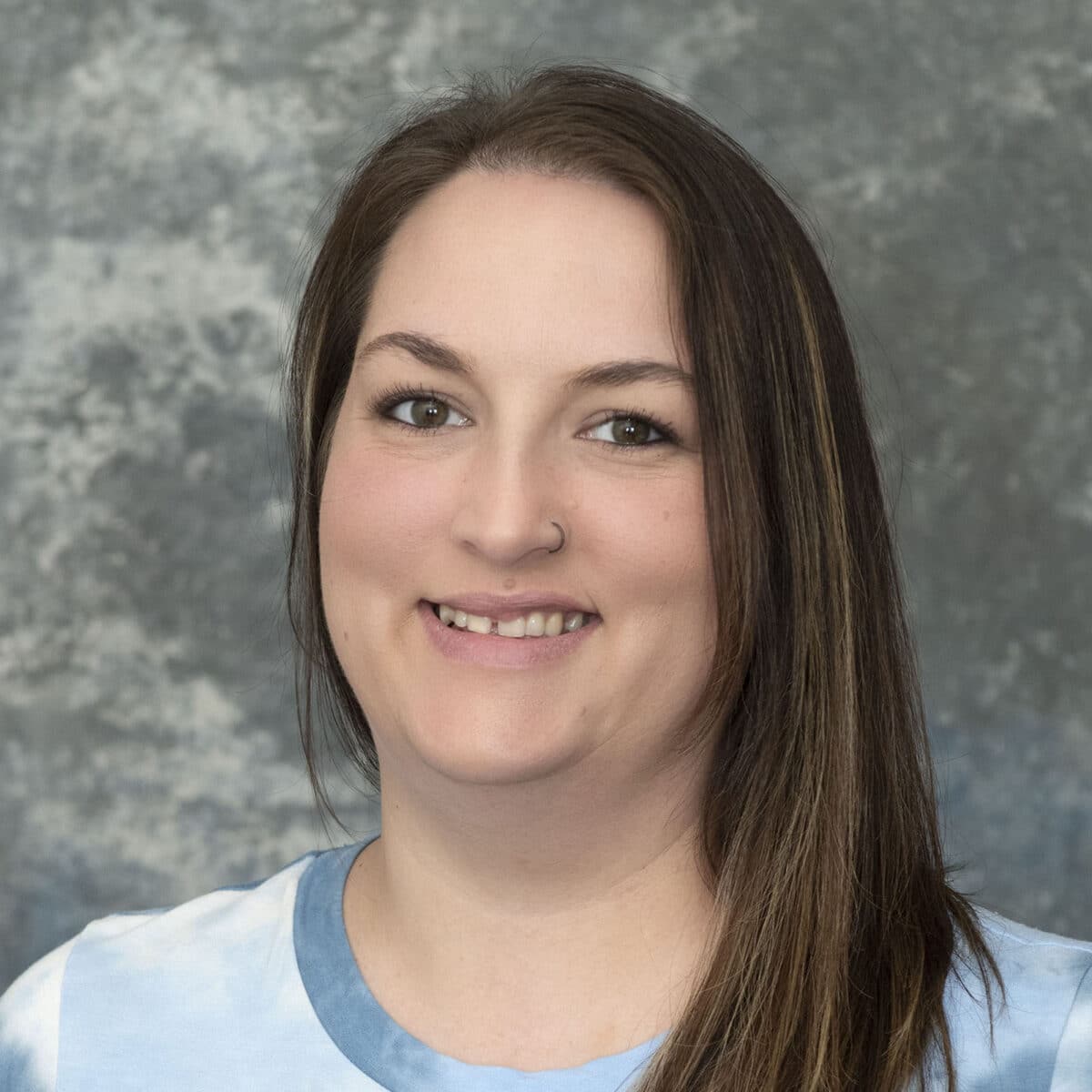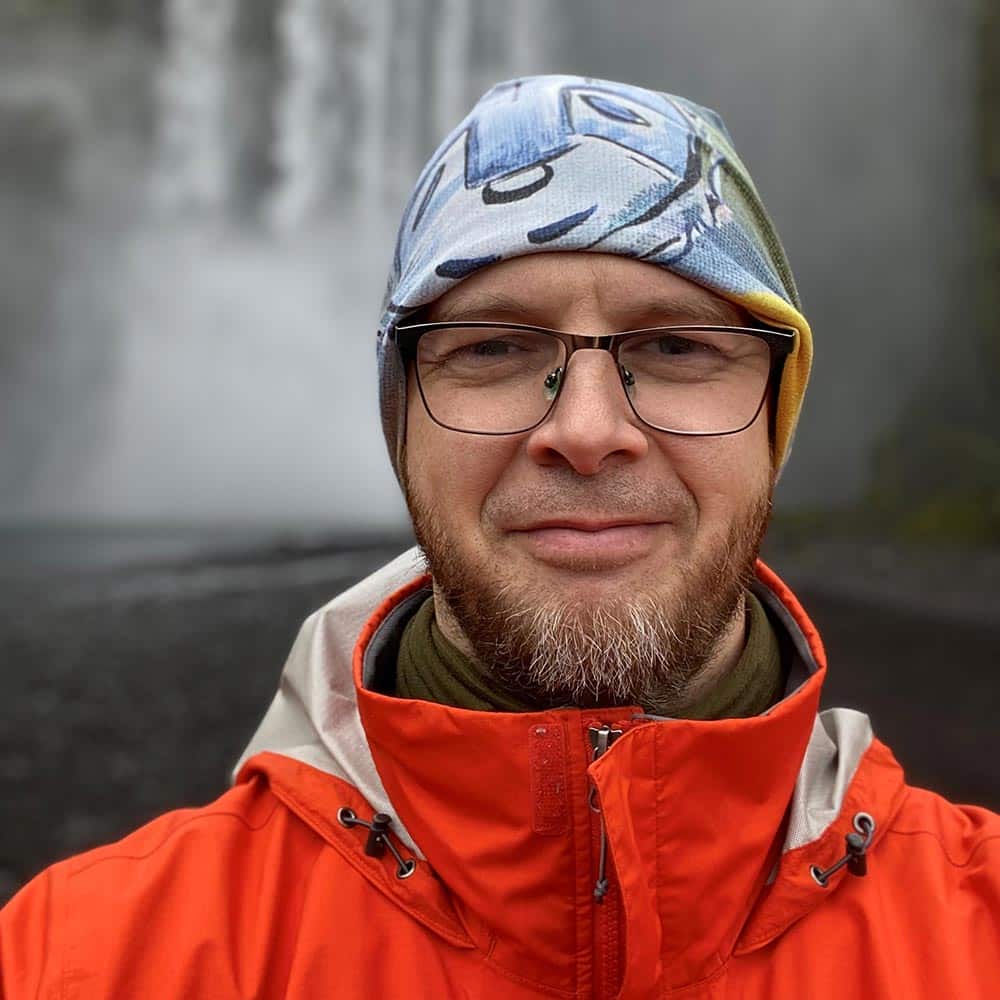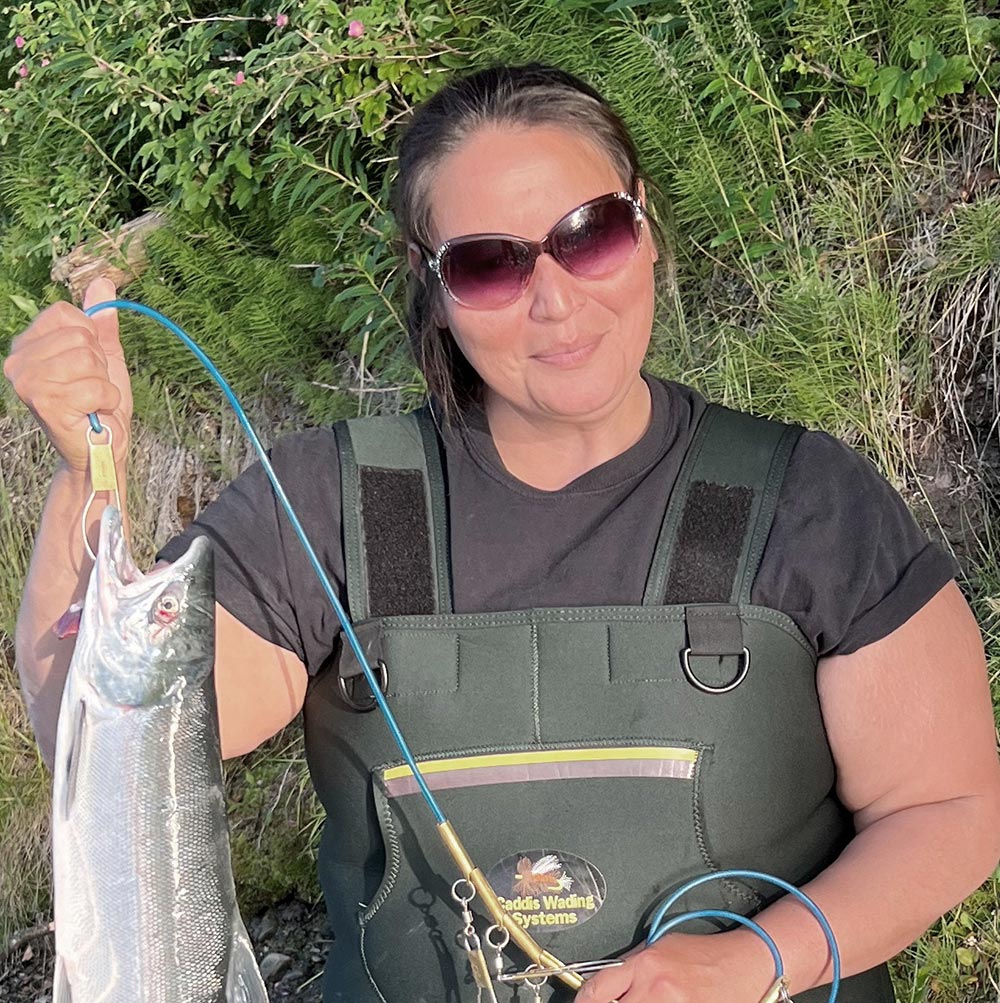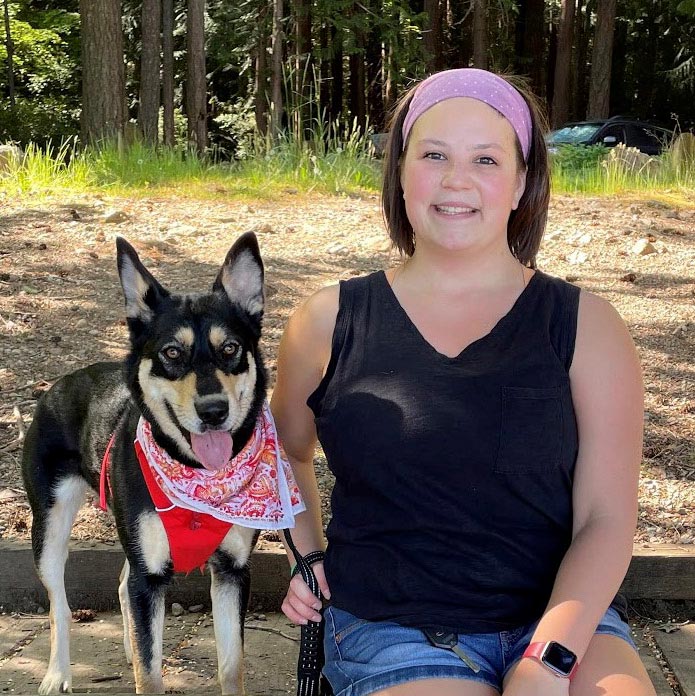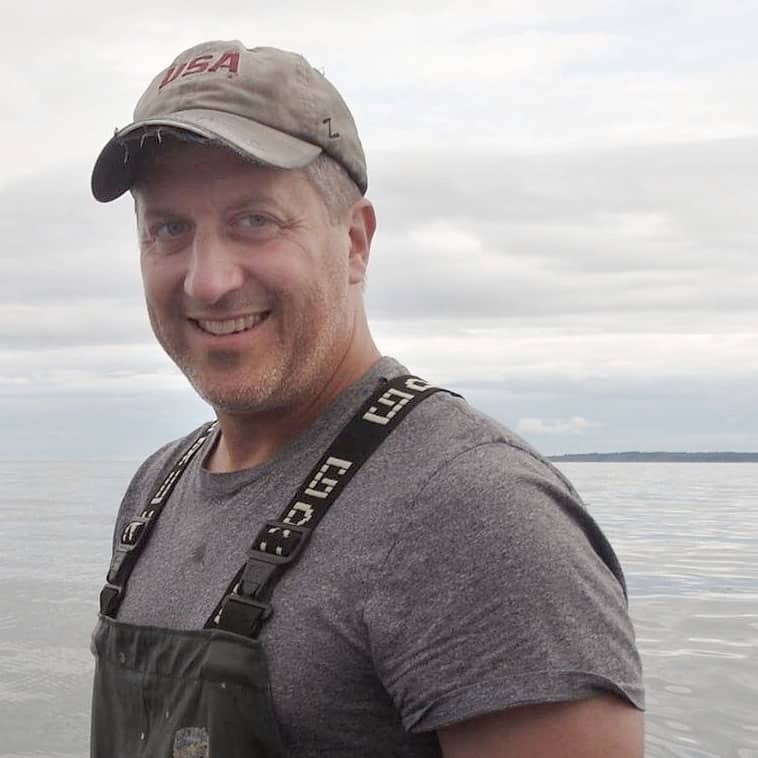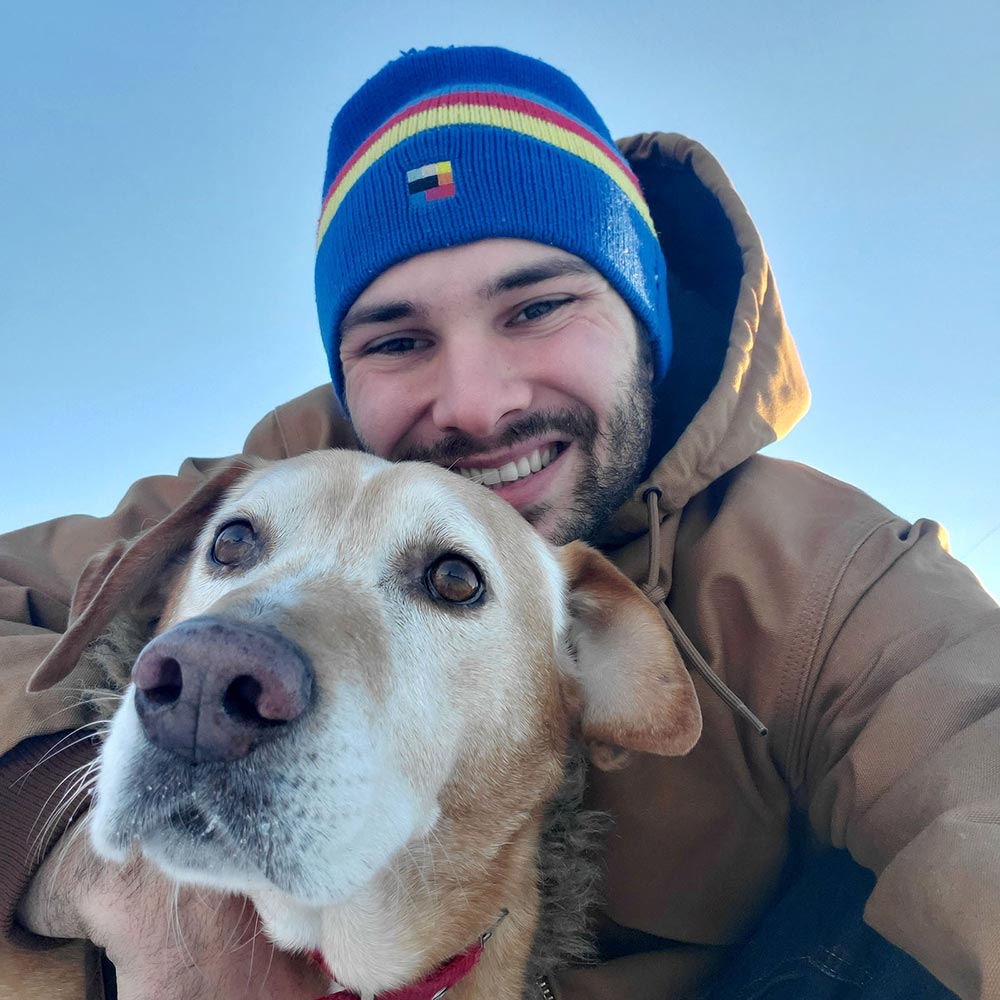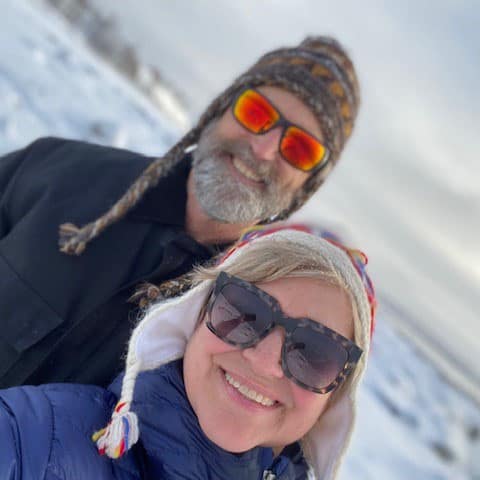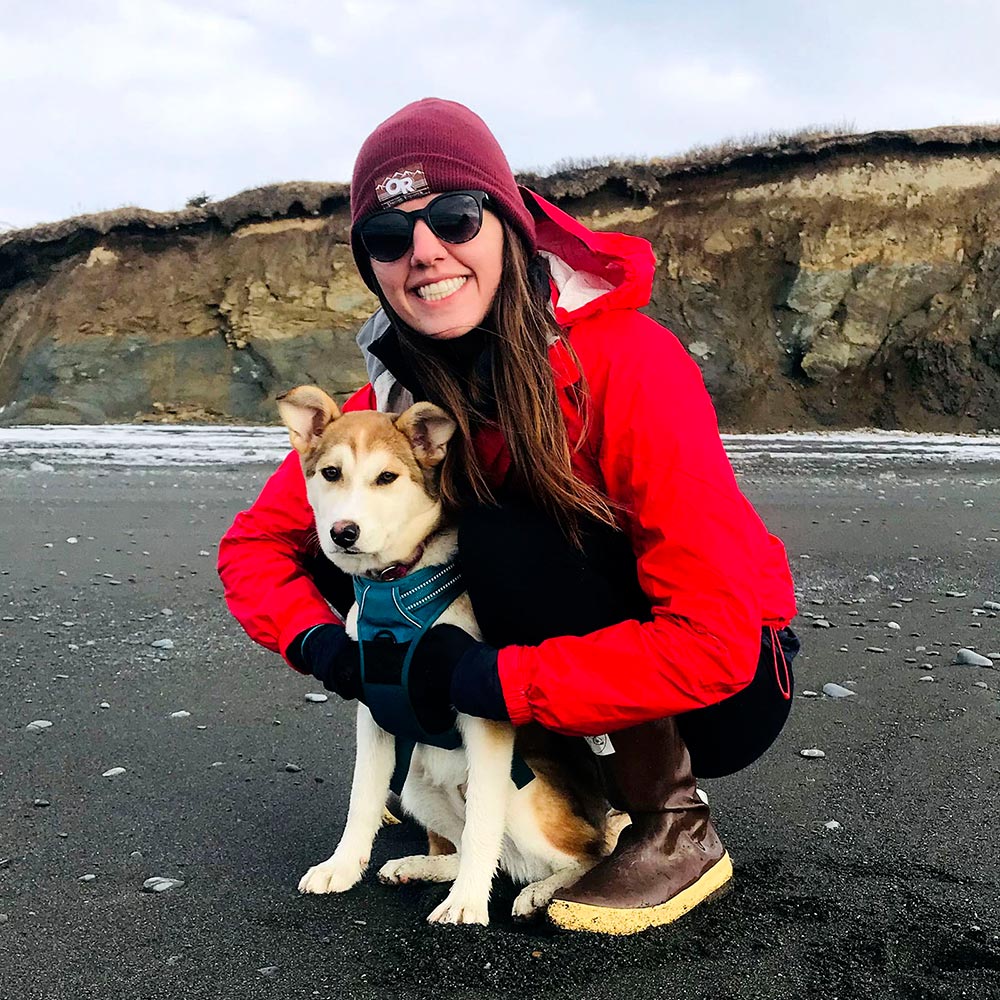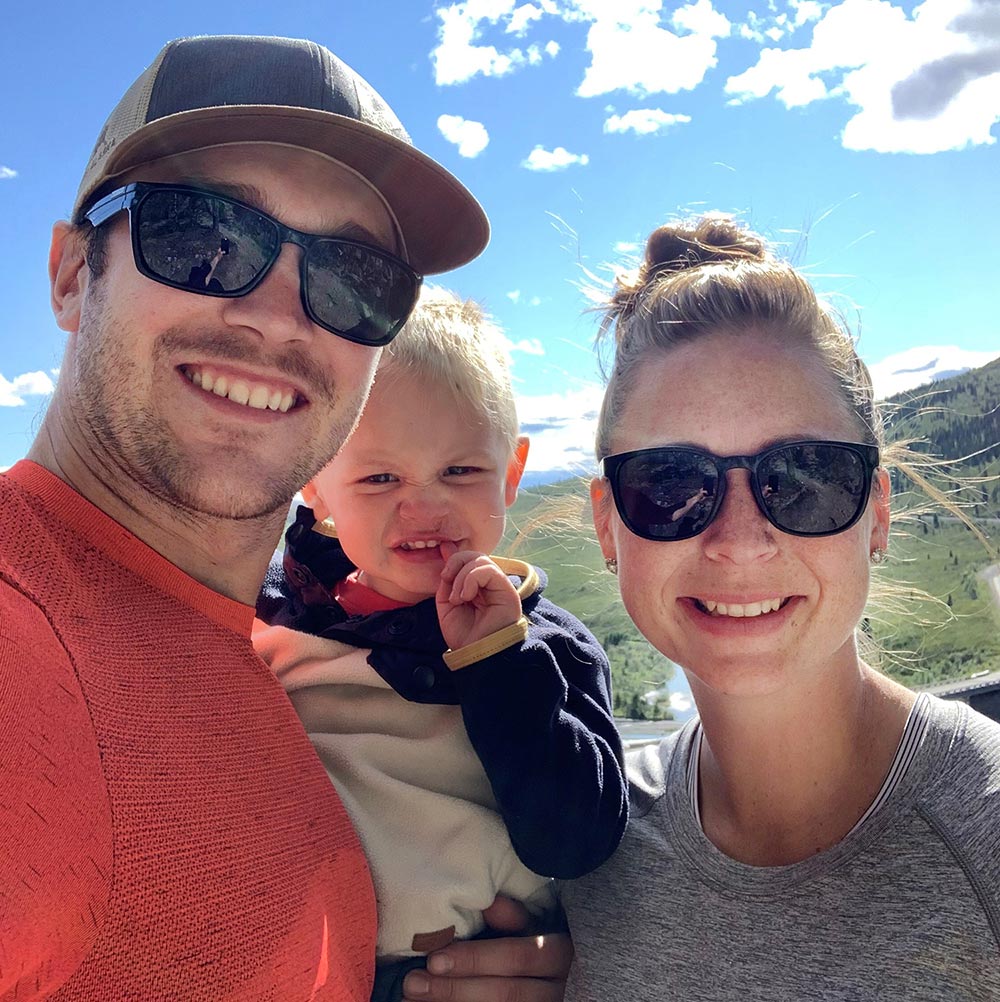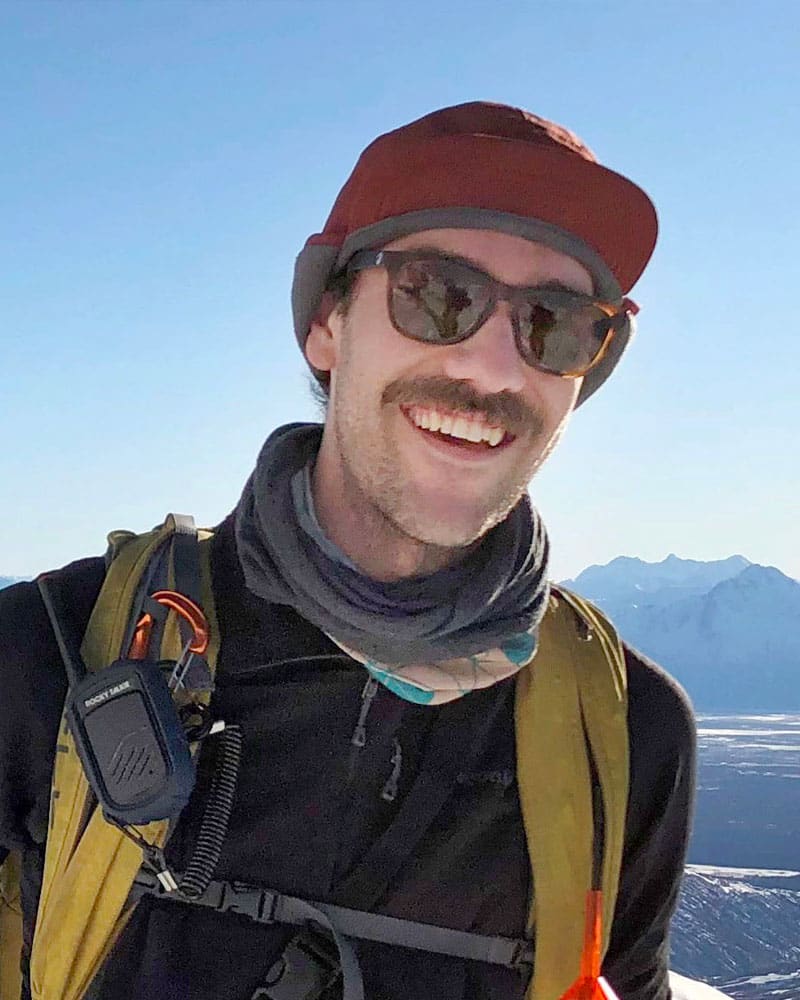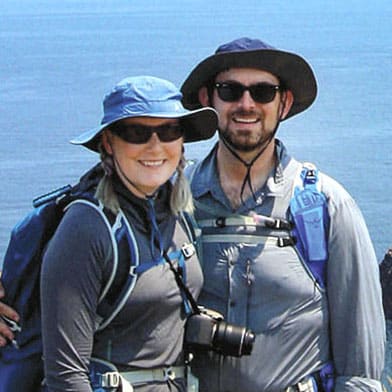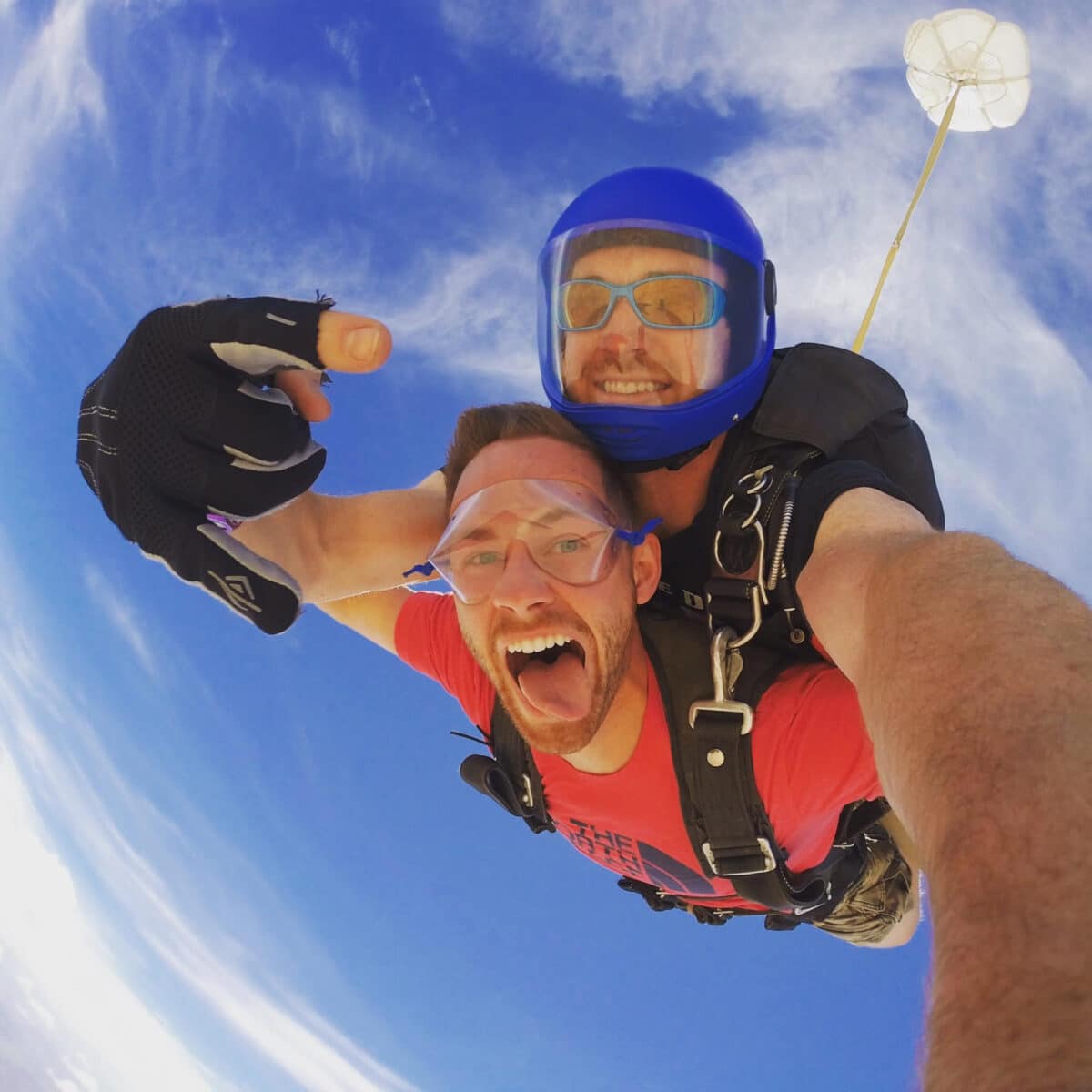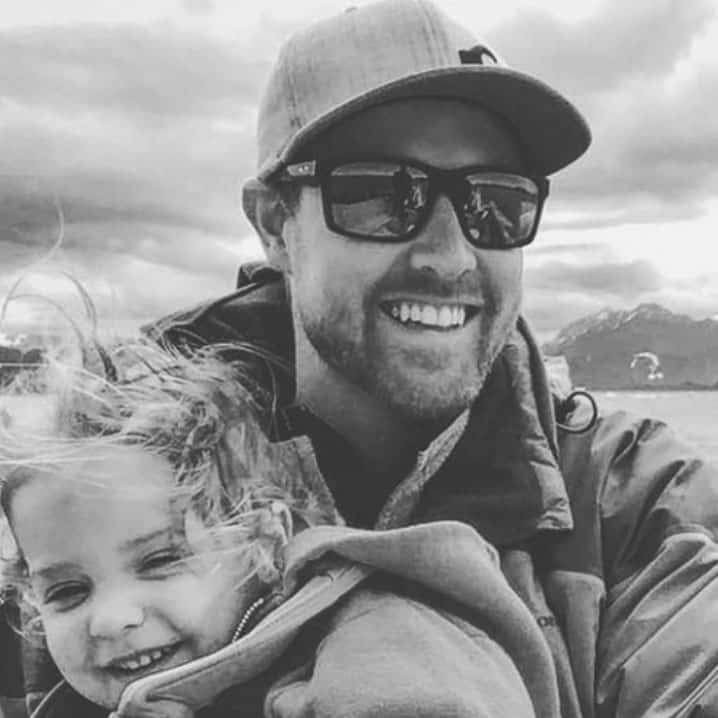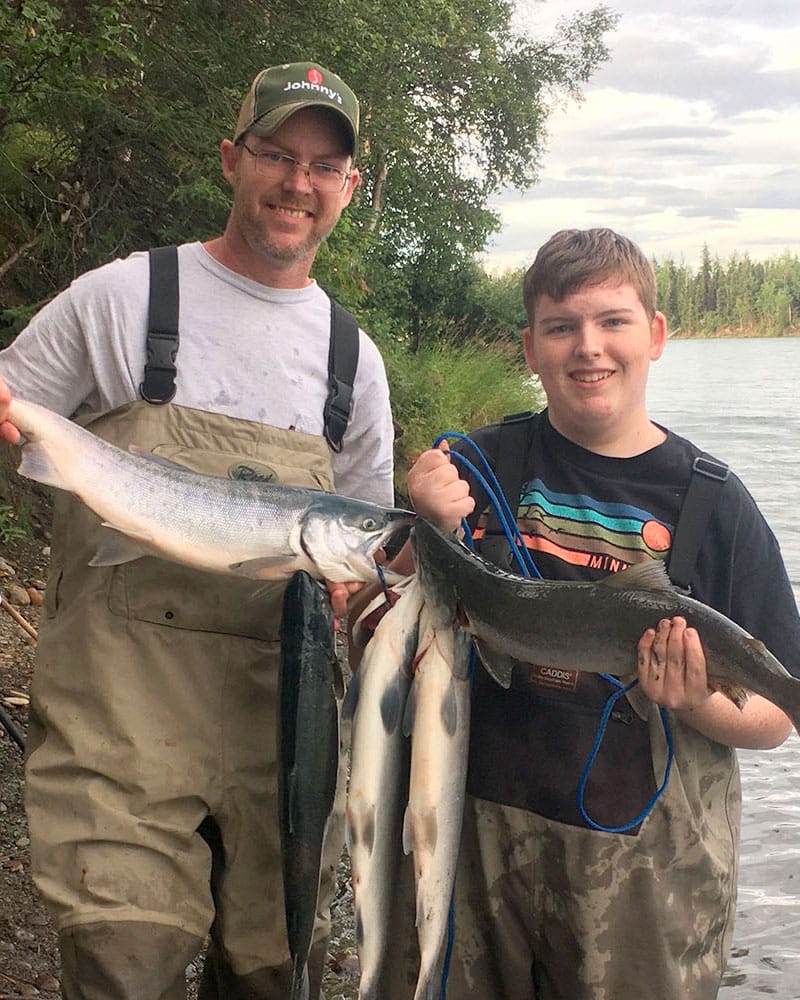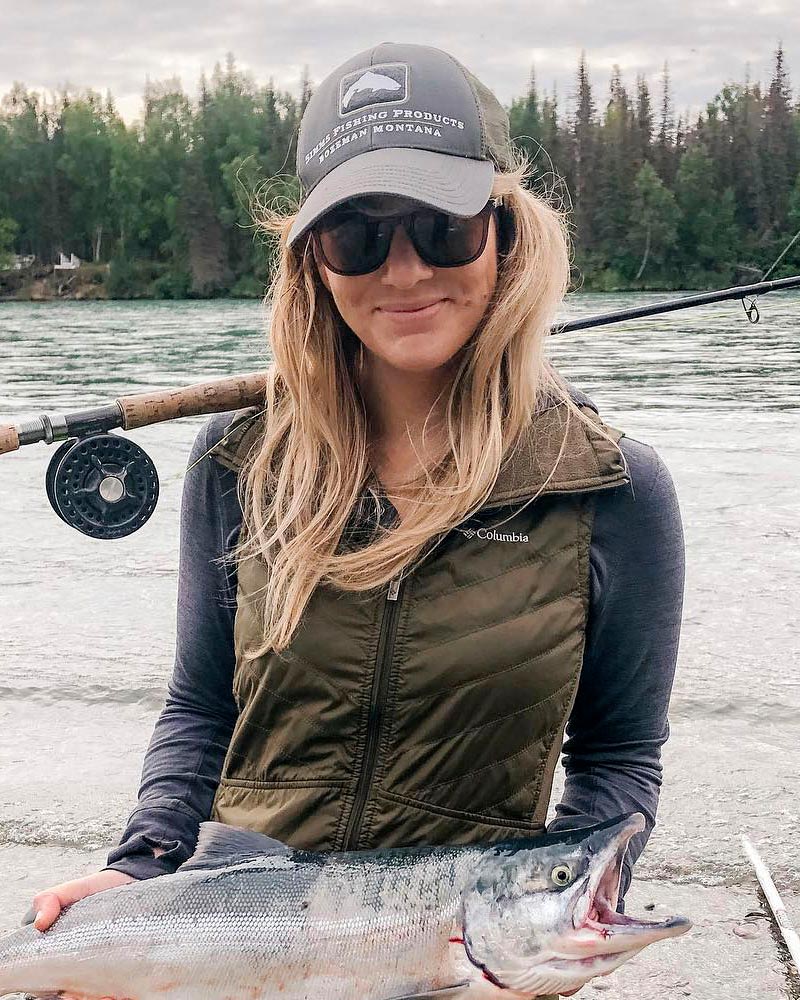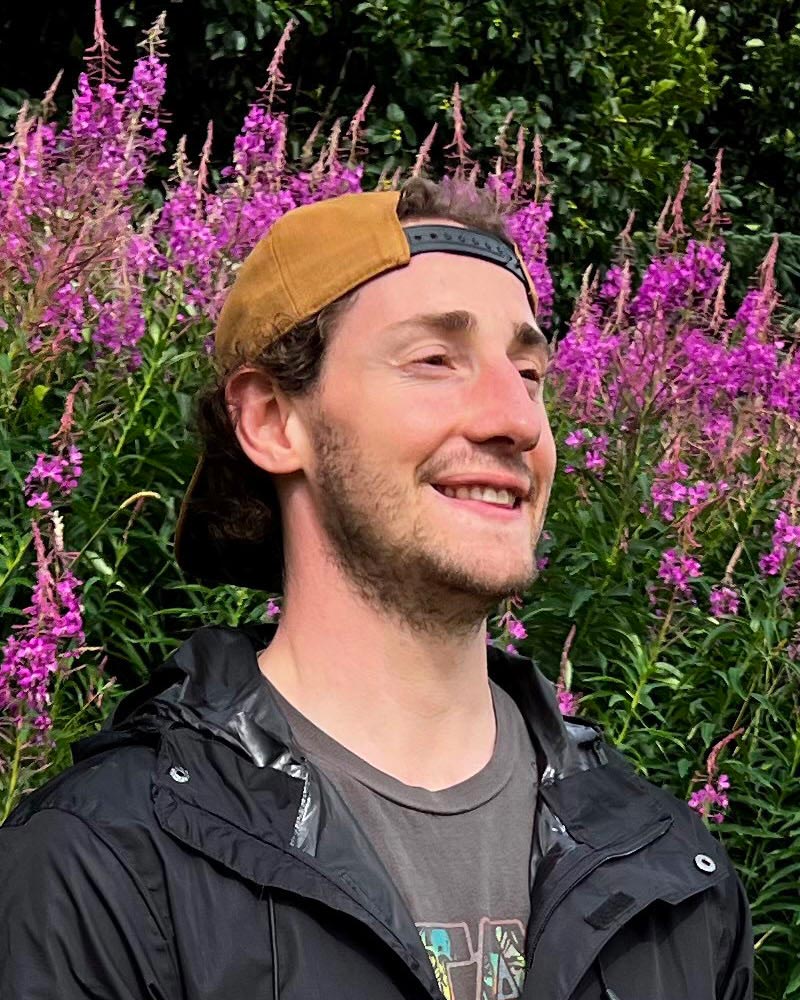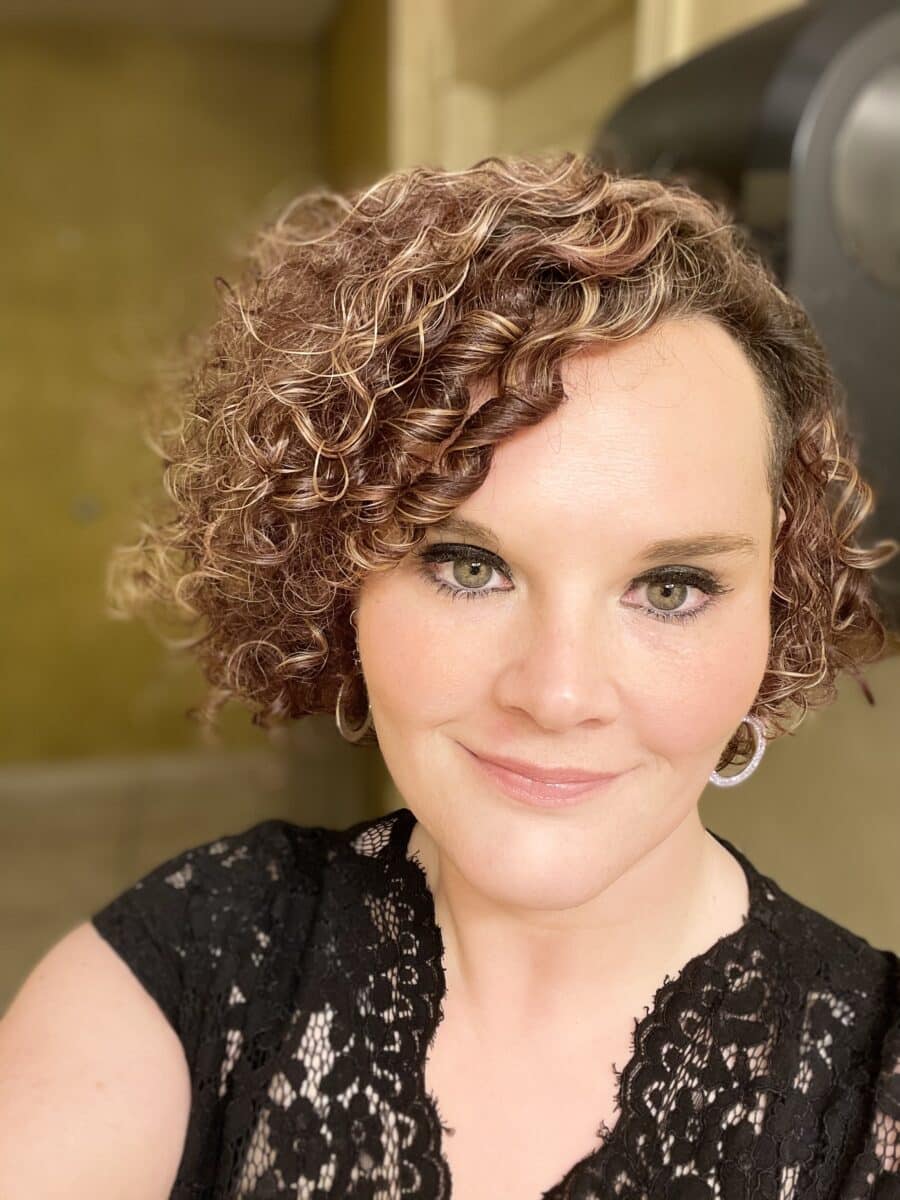In the aftermath of a tornado that ripped through his Oklahoma home, destroying all but the closet in which he and his family hid, Darryl Tonemah began to wonder.
“I was curious how it was going to affect my family,” said Tonemah, a psychologist and musician.
In December, Tonemah attended the tribe’s quarterly membership meeting at the Dena’ina Wellness Center to discuss trauma and the affect it has on a person’s life. The tribe invited him to speak as part of an ongoing effort to address the growing concern of substance use in the community.
Tonemah is of Kiowa, Comanche and Tuscarora heritage and currently directs the Health Promotion Program at the University of Oklahoma’s College of Continuing Education, working with indigenous groups across North America.
His presentation to tribal members included everything from scientific data to history to humor, but the overarching message was that there is a strong correlation between trauma and health and social issues, including substance use.
To illustrate the point, Tonemah shared the findings of the Adverse Childhood Experiences Study (ACE study). The study asked participants to identify different types of trauma they had experienced, including forms of neglect and abuse, divorce, substance use in the household, domestic violence, and more. For each type of trauma a participant had endured, they were assigned one point.
Citing the study, Tonemah said participants whose score was four points or higher were at 12-times greater risk for alcoholism, drug abuse, depression and suicide attempt.
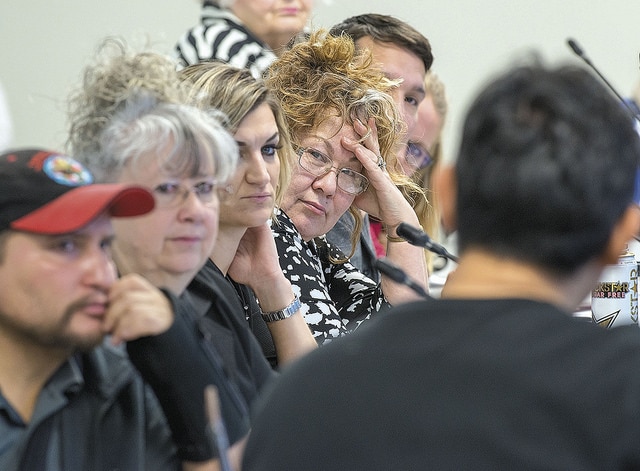
Members of the Executive Council listen intently as Darryl Tonemah describes the devastating effects of trauma during a quarterly tribal meeting held in December at the Dena’ina Wellness Center.
“We know that trauma creates illness,” Tonemah said. “Trauma creates un-wellness.”
Recognizing that trauma can lead to harmful behaviors such as substance use is an important step toward addressing the issue, Tonemah said, though it’s a complex process.
“There’s a way bigger component to it than stopping the behavior,” he said. “The behavior is more of an impulse, a compulsion, that is not necessarily thought through.”
After his presentation, tribal members had an opportunity to share comments with the group. Some offered ideas and solutions, others shared stories, while still others expressed frustration.
What they agreed on was that it was an important conversation to have.
“I’m glad that we’re finally talking about this problem,” said Rita Smagge, a tribal Elder. “It’s been existing for many years. It didn’t just happen recently.

